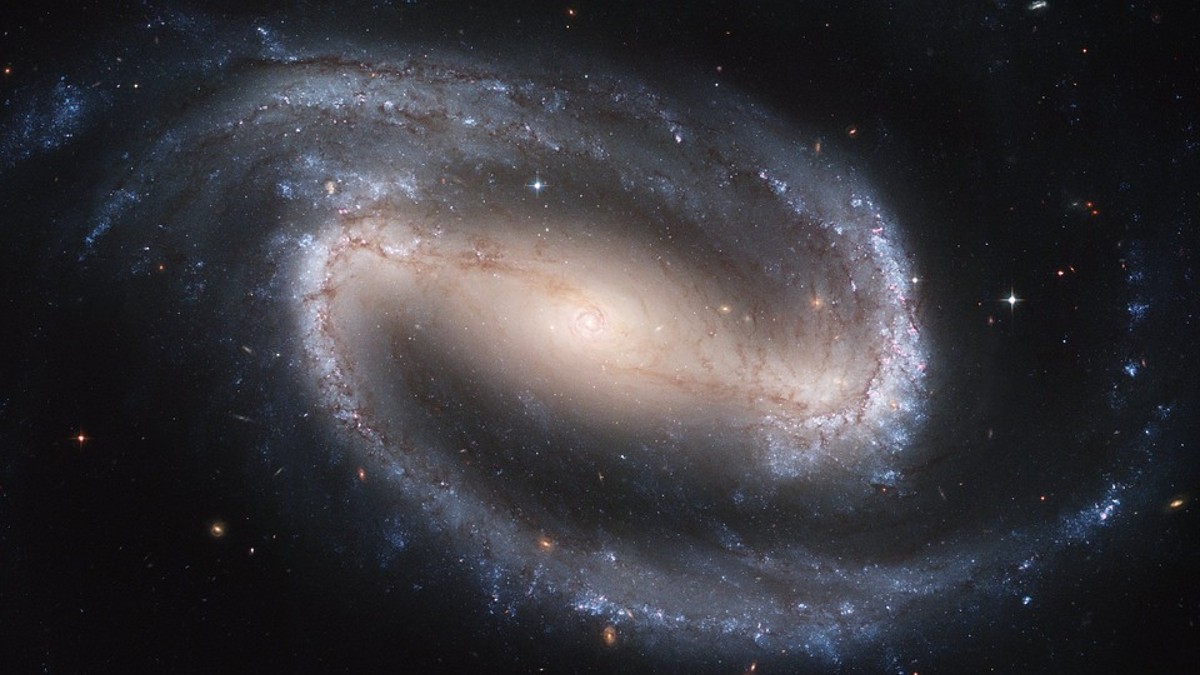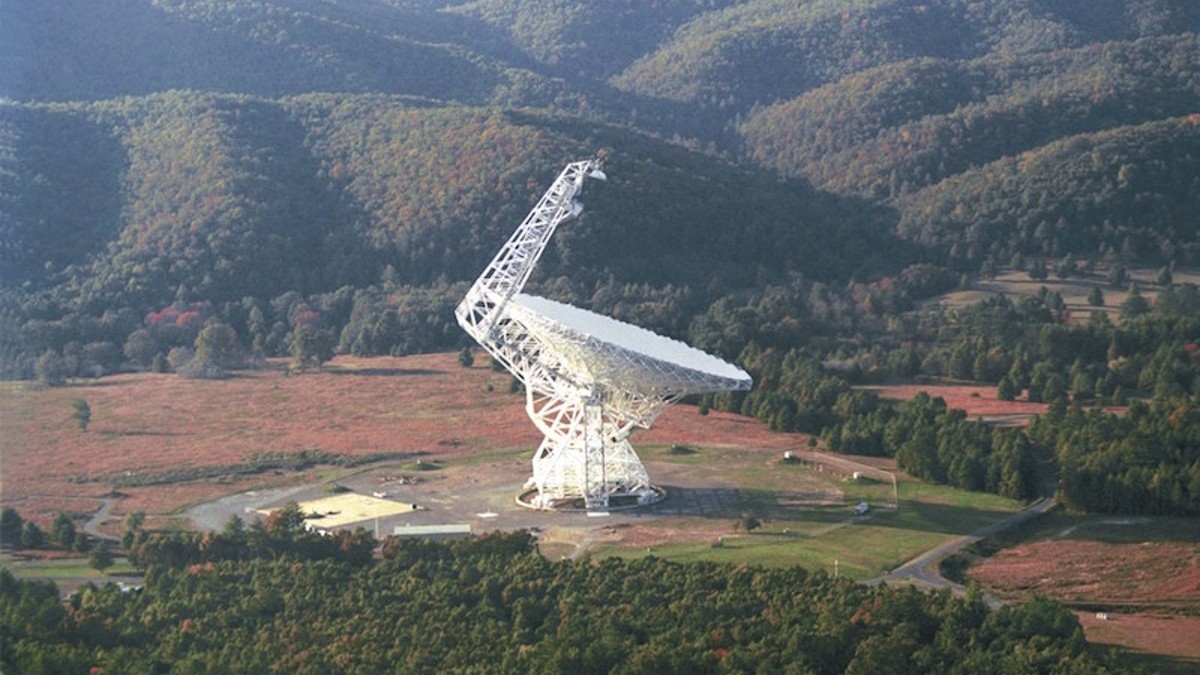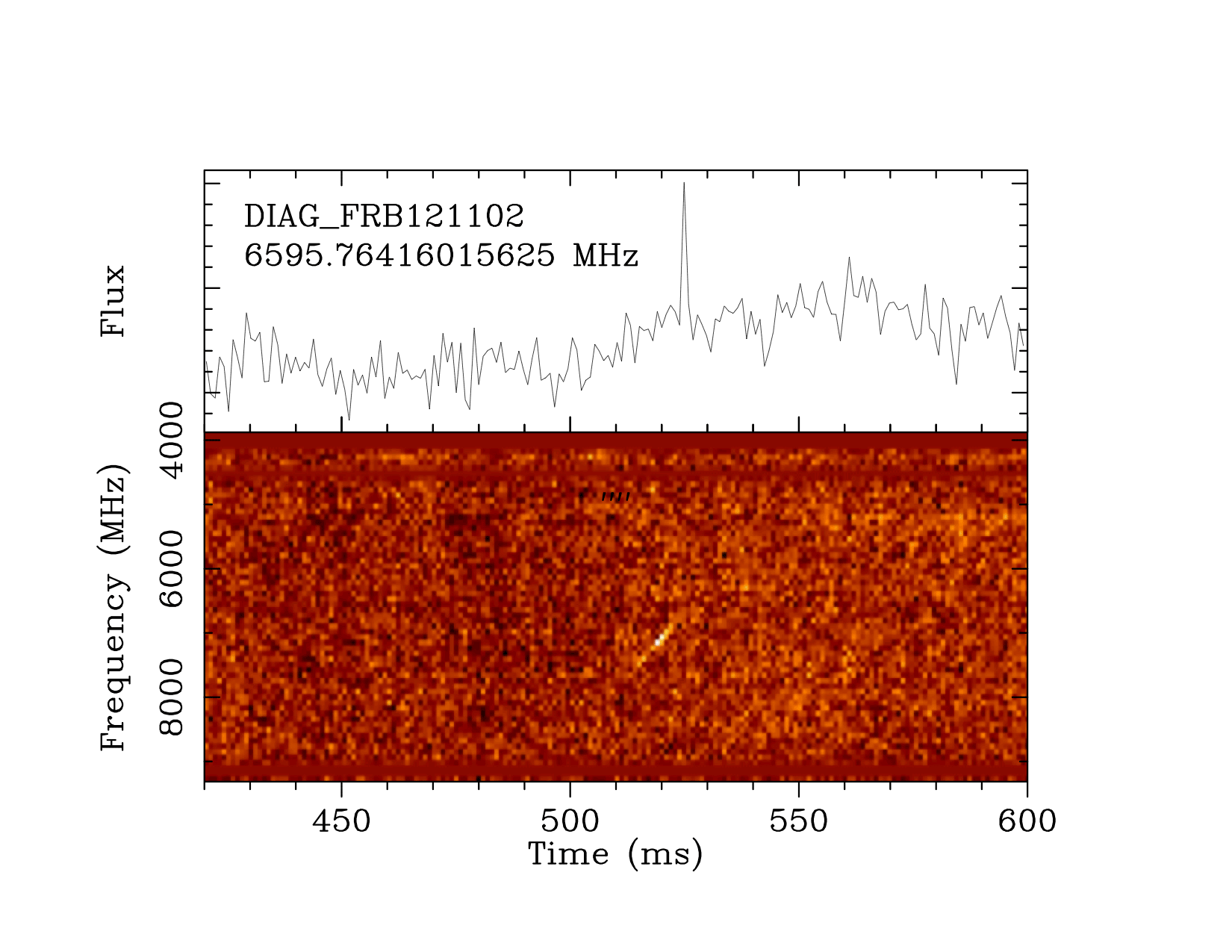
Scientists working on a $100 billion project to find signs of intelligent life in outer space have picked up 15 mysterious fast radio bursts (FRBs) from another galaxy.
Researchers at SETI’s Breakthrough Listen project revealed how the FRB signals were detected by the massive Green Bank Telescope in Green Bank, West Virginia, the world’s biggest steerable radio telescope.
The signals came from an FRB known as a “repeater,” one that emits more than a single burst of radio waves.
According to Berkeley News, these fast radio bursts are brief, bright pulses of radio emissions that travel huge distances, but their true origins are really unknown.
This one is called FRB 121102, and signals from it were first picked up on November 2, 2012 — with the date being used in its name.
And this FRB is different from others because it’s the only one known to repeat, and it is at an unusually high frequency.
It’s believed to be located in a dwarf galaxy 3 billion light years from Earth — around 17,635,876,119,550,823,192,555 miles (a light year is the distance light can travel in a one year, about 5.879 trillion miles).

What is the origin of fast radio bursts detected by SETI?
There are several theories of what causes FRBs, ranging from extraterrestrials to the rotating magnetic fields of neutron stars.
One of the more outlandish theories is that alien beings may be directing powerful energy sources using laser beams to power spacecraft or other devices.
The 15 signals were picked up over five hours on Saturday, August 26, by UC Berkeley Postdoctoral Researcher Dr. Vishal Gajjar and the team at Breakthrough Listen.
Gajjar has confirmed that the source is “in a newly active state,” and the researcher is confident that their new equipment will adequately analyze the bursts.
The following animation shows 15 of the 15 bursts as they were captured.

They are still being studied so further information about them can hopefully be garnered.
Those of us who may be hoping to soon have a conversation with whoever or whatever created these bursts will be sorely disappointed. According to Breakthrough Listen astronomer Steve Croft, based at Berkeley, our solar system was only 2 billion years old when these radio waves left their galaxy.
That means only single-cell organisms were on Earth at the time, and it would have been another billion years before multi-celled life formed.
The full data on the fast radio bursts can be seen in this report on the Astronomer’s Telegram.